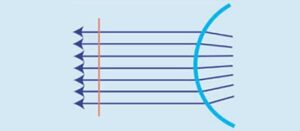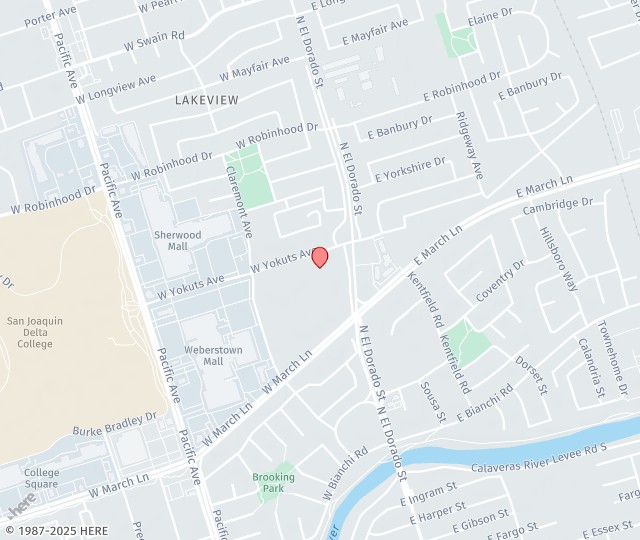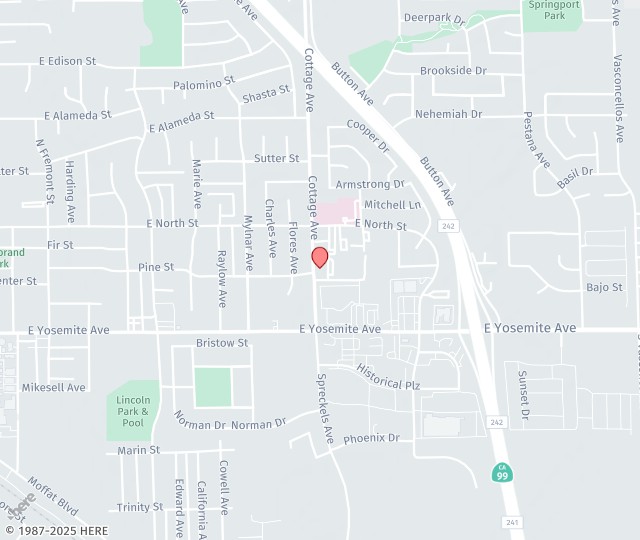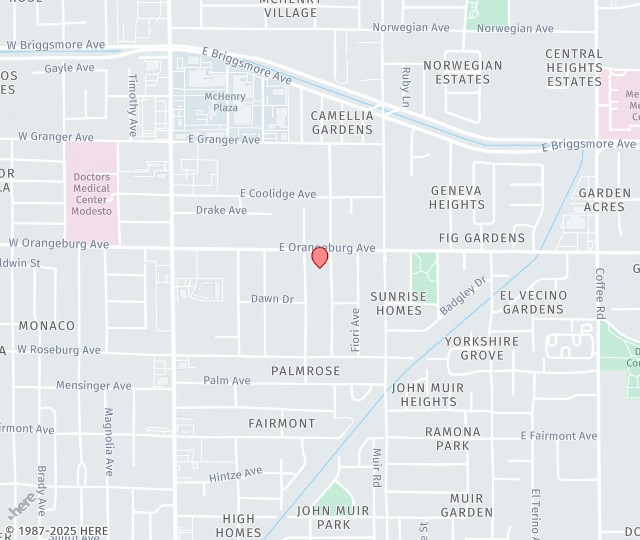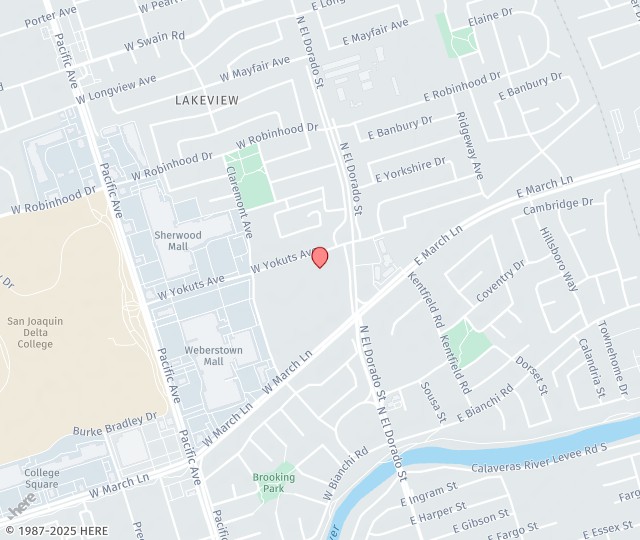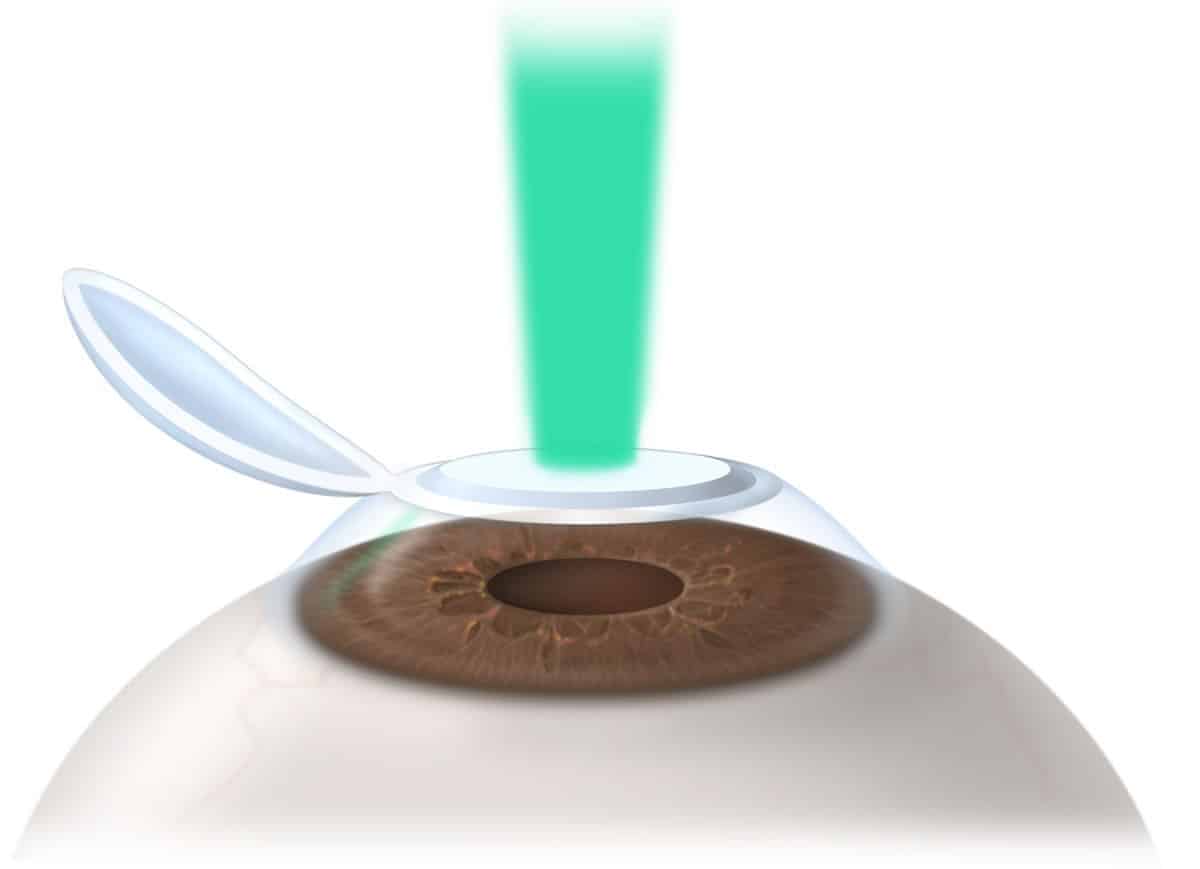
SCHEDULE AN APPOINTMENT
If you would like to learn more about LASIK call +1 (209) 239-5303 to make an appointment at Central Valley Eye Medical Group.
LASIK, an acronym for Laser-Assisted In Situ Keratomileusis, is the most common refractive procedure. Using targeted laser beam energy, Lasik reshapes the cornea so that light rays are focused more precisely on the retina. As a result, patients can now have clear, sharp vision without the need for glasses or contacts. Lasik can correct nearsightedness, farsightedness, and astigmatism.
FAQ
During traditional Lasik, the doctor will create a corneal flap. A hand-held instrument called a microkeratome that moves across the eye creates the thin tissue flap. Lasik is extremely safe, but if complications do occur, the microkeratome is frequently the cause. With the IntraLase Method, patients can choose a 100% blade-free approach to corneal flap creation. This will allow our team at Central Valley Eye Medical Group to create an individualized flap without a blade ever touching your eye. During the IntraLase Method, our staff only uses the IntraLase FS or iFS laser.
Unlike traditional Lasik, the IntraLase Method creates the corneal flap by applying tiny, rapid pulses of laser light. Each pulse of light passes through the top layers of your cornea and forms a microscopic bubble at a predetermined depth and position within your eye. As the IntraLase or iFS Laser moves back and forth across your eye, a uniform layer of bubbles forms just below the corneal surface. After that layer is complete a member of our staff will gently separate the tissue, creating the blade-free flap.The IntraLase Method creates a precise layer of bubbles just beneath the surface of your eye, which results in a smooth, even surface under the corneal flap. The IntraLase Method process takes less than 15 seconds per eye. This includes preparation time, whereas the entire Lasik procedure typically takes about 10 minutes. Once the entire procedure is complete, the corneal flap “locks” back into position.
Patients who are good candidates for the traditional LASIK procedure are generally also good candidates for bladeless LASIK. Laser vision correction is capable of correcting mild to moderate nearsightedness, farsightedness, and astigmatism. A vision exam as well as other tests, such as corneal thickness measurement, are performed to ensure bladeless LASIK is a suitable treatment option.
The notable difference between bladeless LASIK and traditional LASIK is that the newer procedure is conducted entirely with laser technology. Traditional LASIK is conducted with a microkeratome, a small surgical instrument with an oscillating blade. This blade cuts a hinged flap in the cornea to allow the surgeon to then use a laser to reshape the cornea. Bladeless LASIK uses a femtosecond laser, which has particularly high energy, to create the corneal flap and also to reshape the cornea.
Bladeless LASIK offers several advantanges, including:
Recovery from bladeless LASIK is generally mild. After the procedure, patients are encouraged to go home and rest for the remainder of the day. Computer use, digital devices, and reading should be avoided. For the first 24 to 48 hours, patients should avoid hot showers or baths and should take care to not get soap or water in their eyes.Vision typically remains blurry for the first day or two after LASIK surgery. Eye drops are provided to support optimal healing. These can be used approximately 4 hours after surgery and as directed after that time. Sunglasses or some type of glasses should be worn to protect the eyes from debris or irritation. Clear eye shields may be provided to apply before sleep.
A vision exam may be scheduled for the day after bladeless LASIK surgery. Vision may still be blurry at the time of this appointment but is usually better than the previous day. By the end of the first week after treatment, vision is expected to be much sharper and clearer. After this initial follow-up, more will be scheduled to assess vision improvement during the year following surgery.Most normal activities can be resumed shortly after bladeless LASIK, with the exception of strenuous exercise, sports, swimming, and hot tub use. It is important to avoid getting water in the eyes for the first few weeks after treatment and also to protect the eyes from accidental bumps or injury.
The cost of bladeless LASIK can vary based on provider, the technology used, and whether or not an office scales prices based on the prescription that needs to be achieved. During patient consultations in our office, we discuss the details of various fees so patients can adequately prepare for their vision-correcting treatment.
LASIK procedures are considered elective and do not generally receive insurance coverage. However, patients may find affordable payment options through their eye doctor or an outside credit service like CareCredit.
Femtosecond lasers are associated with greater precision and faster recovery than is the corneal flap technique. Bladeless LASIK has very few risks compared to a history of successful outcomes. Some of the complications that could occur with this treatment (as well as traditional LASIK) include:
Clinically speaking, the risks of complications from bladeless LASIK are very low. Conversely, the chances of a highly successful procedure are very high.
If you suffer from dry eye disease, contact Central Valley Eye Medical Group to learn about treatment options. Call us at [am_location loc='1']{tel}[/am_location]to schedule your consultation. We serve Stockton, Manteca, and surrounding areas.






